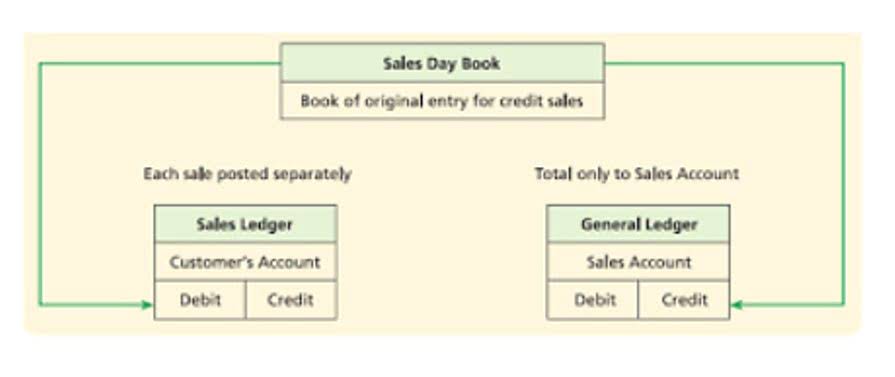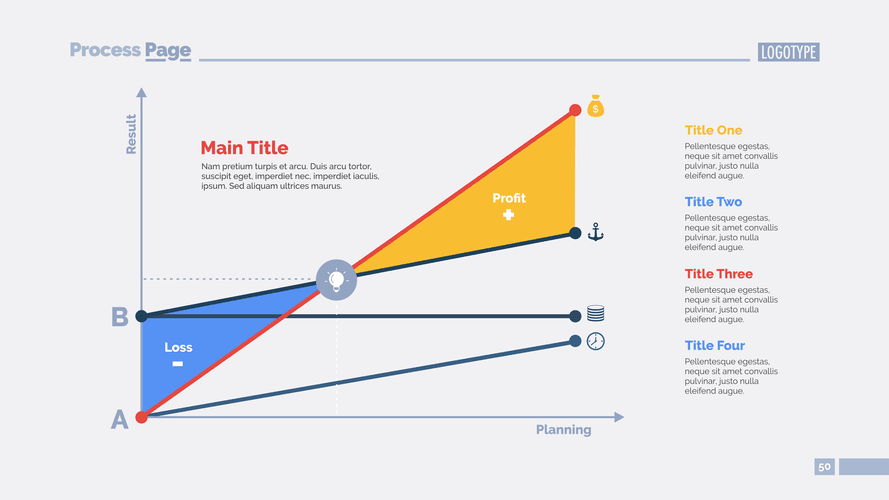
Invoice financing is often easier and faster to qualify for than traditional business loans because the invoices serve as collateral for the loan. However, invoice financing can end up being quite expensive if customers are late to pay or don’t end up paying at all. When customers take a long time to pay their bills, businesses are unable to access those funds, which can cause cash flow issues.
How much does invoice financing cost?
On top of that, you can also manage your unpaid invoices and accounts payable processes within Juni, bringing your financial admin under one roof. Simply put, invoice financing is the process of turning outstanding invoices that you have issued to your customers into cash. Rather than having to wait invoice financing for 30, 60, or even 90 days (depending on your terms) for a customer to make a payment, just send a copy of the invoice to your invoice financing provider. They will give you a cash advance, typically worth 75-90% of the invoice’s value, within as little as 48 hours (depending on your provider).
- Here’s everything you need to know before embarking on your quest to use invoice financing for your business.
- So when researching a platform, pay close attention to what type of business (big or small, ecommerce or SaaS) it’s best suited for.
- In this article, we provide an invoice finance definition and explain how it can help you improve your working capital and safeguard your cash flow.
- If you prefer getting guidance through this process, Lendio is a good option.
- DepositFix is an online payment platform for service-based businesses.
If you have limited access to traditional loans
- You can start the application process by calling a sales representative or filling out a free quote form on the company’s website.
- Each type has its own advantages and disadvantages, and businesses should carefully consider their options and potential costs before entering into a receivables financing arrangement.
- However, offering credit to clients ties up funds that a business might otherwise use to invest or grow its operations.
- After your customer has paid their invoice, you repay what you borrowed from the lender, plus the agreed-upon fees.
- However, financing companies may not accept these invoices as they typically require invoices to be contingent-free.
Keep an eye out for invoices approaching their due dates and follow appropriate collection procedures as needed. As you’ll notice from the list above, different software solutions are more suitable for different business industries and sizes. For example, Juni is spend management software built with the needs of ecommerce companies in mind.
- With invoice financing, you pay for fast and immediate access to your capital, freeing up your cash flow that’s being held up in unpaid invoices.
- This type of solution usually includes features for receipt management, expense reporting and approval workflows.
- With invoice financing, lenders advance a percentage of your unpaid invoice amount — potentially as much as 90%.
- Basically, the factoring company provides immediate cash, based on a percentage of the invoice value, to the business and collects payment from the customer directly.
- NerdWallet recommends comparing small-business loans to find the right fit for your business.
How much does expense management software cost?

When each milestone of the project is completed, the lender will issue a bill. Discover how Allianz Trade credit insurance empowers FM Timber, a Finnish sawmill group, to expand into new markets with confidence. Hear how their CEO explains our commitment and innovation in delivering the insights and solutions they need for success. Small Business Trends is an award-winning online publication for small business owners, entrepreneurs and the people who interact with them. Our mission is to bring you “Small business success … delivered daily.”

Efficient financial management operations are critical for organizations striving to maintain financial health and operational agility in an ever-changing enterprise landscape. Sign up to receive more well-researched small business articles and topics in your inbox, personalized for you. We make it easier for you to secure the funding you need to grow your business. Milestone Billing is a form of billing where the invoice amount is billed over a set period and at multiple points along the process.

Get better control over your expenses with spend management software
However, some of the requirements that you’ll need to meet for invoice financing will vary based on the individual lender or company. Generally, invoice financing companies will focus on the quality of your invoices, as well as your customers’ repayment history, when determining whether or not you https://www.bookstime.com/ qualify for financing. Invoice financing is an easier type of loan to qualify for because it considers your clients’ credit and payment history more heavily than your business’s. Many invoice financing companies work with business owners with bad credit, making it an accessible funding option.
We Want Your Feedback
But other factors — like time to fund and your business’s qualifications — can help determine which option you should choose. NerdWallet recommends comparing small-business loans to find the right fit for your business. As you compare your lender options, you’ll want to consider factors including, maximum loan amount, factor rates, qualification requirements, funding speed, lender reputation and customer support. This type of business loan can help you account for gaps in cash flow in order to purchase inventory, pay employees and, ultimately, grow faster. A working capital loan is typically a short-term loan with a fast-paced repayment schedule, such as weekly payments. While some lenders have a working capital loan specifically, you can use other loans to boost your working capital.…





